Honda Civic Service Manual: Rear Trailing Arm Removal and Installation (Natural Gas models)

| 1. | Vehicle Lift |
|
| 2. | Rear Wheel |
|
|
|
| 3. | Rear Wheel Speed Sensor, Brake Hose Mounting Bracket, and Brake Line |
|
|
Do not spill brake fluid on the vehicle; it may damage the paint. If brake fluid gets on the paint, wash it off immediately with water.
|
|||||||||||||||
| 4. | Rear Knuckle - Jack Up |
|
|
|
| 5. | Rear Damper Lower Side - Disconnection |
|
|
|
| 6. | Rear Upper Arm Knuckle Side - Disconnection |
|
|
|
| 7. | Rear Trailing Arm Knuckle Side - Disconnection |
|
|
|
| 8. | Stabilizer Link Trailing Arm Side - Disconnection |
|
|
|
| 9. | Rear Spring |
|
|
|
|
|
|
| 10. | Rear Trailing Arm |
|
|
|
|
|
|

| 1. | Rear Trailing Arm |
|
|
|
|
|
|
| 2. | Rear Spring |
|
|
|
|
|
|
|
|
|
|
|
|
| 3. | Stabilizer Link Trailing Arm Side - Reconnection |
|
|
|
| 4. | Rear Trailing Arm Knuckle Side - Reconnection |
|
|
|
||||||||||||
| 5. | Rear Upper Arm Knuckle Side - Reconnection |
|
|
|
| 6. | Rear Damper Lower Side - Reconnection |
|
|
|
| 7. | Rear Suspension All Mounting - Tighten Under Vehicle's Weight |
|
| 8. | Rear Wheel Speed Sensor, Brake Hose Mounting Bracket, and Brake Line |
|
|
|
| 9. | Brake System - Bleeding (Natural Gas Model) |
|
|
Do not spill brake fluid on the vehicle; it may damage the paint. If brake fluid does contact the paint, wash it off immediately with water.
|
|
|
|
||||||
|
Front
Rear
|
|
| 10. | Rear Wheel |
|
|
|
||||||
| 11. | Pre-Alignment Checks |
|
| 12. | Camber - Inspection |
|
||||||||||||||||||||||||||||||||||||||||||||||||||||||||||||||||||||||||||||||||||||||
| 13. | Rear Toe - Inspection |
|
||||||||||||||||||||||
| 14. | Test Drive |
|
| 15. | Rear Stabilizer Link - Tighten |
|
 Rear Trailing Arm Removal and Installation (Drum Brake except Natural Gas models)
Rear Trailing Arm Removal and Installation (Drum Brake except Natural Gas models)
1.
Vehicle Lift
1.
Raise the vehicle on a lift, and make sure it is securely supported.
2. ...
 Front Lower Arm Removal and Installation
Front Lower Arm Removal and Installation
416118 LEFT
416119 RIGHT
416117 BOTH
1.
Vehicle Lift
1.
Raise the vehicle on a lift, and make sure it is securely sup ...
See also:
Honda Civic Service Manual. Rear Door Glass Removal and Installation (4-door)
829100 LEFT
830100 RIGHT
Removal
1.
Rear Door Power Window Switch Panel
1.
...

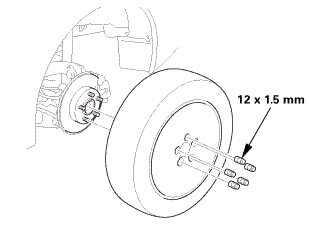
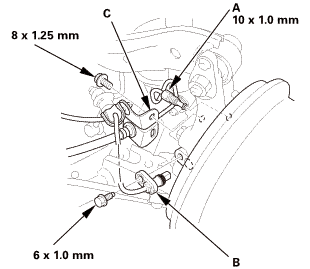

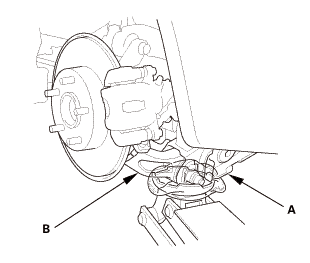
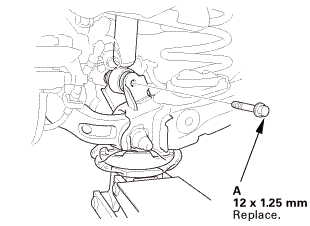
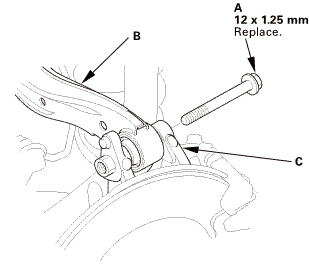 i2xi2inln
i2xi2inln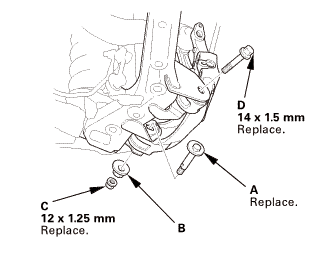
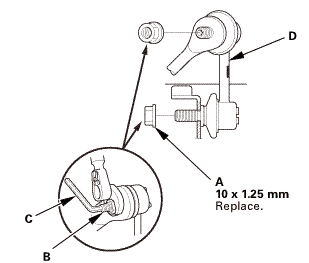
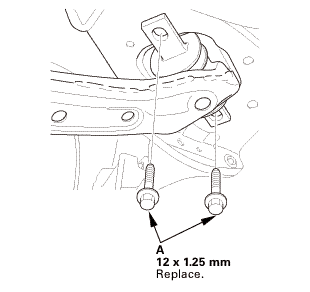
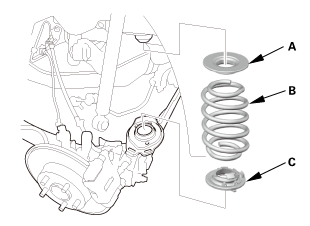
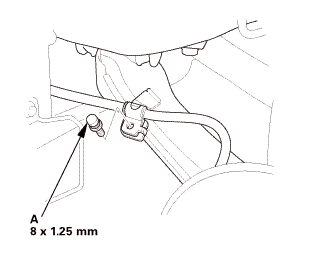
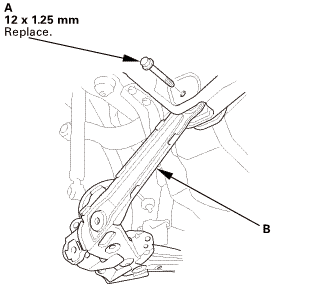 12x11mm
12x11mm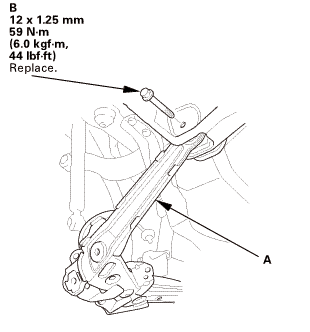
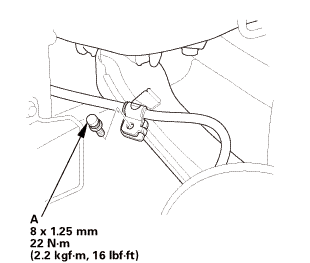 125mm22
125mm22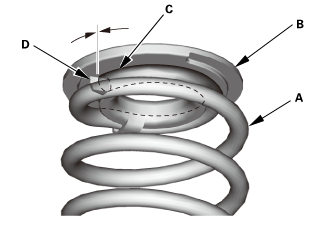
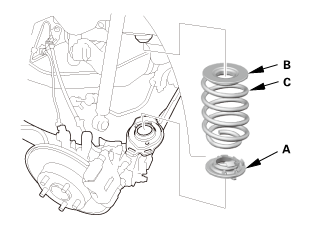
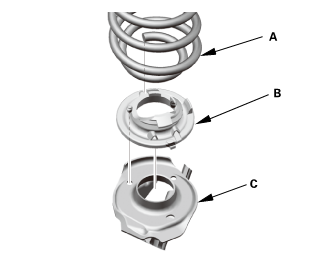
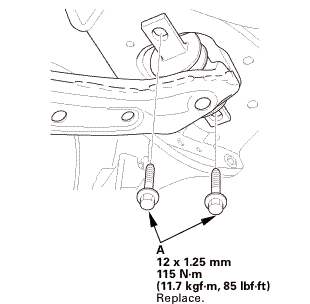 mmh5ummn)replace.
mmh5ummn)replace.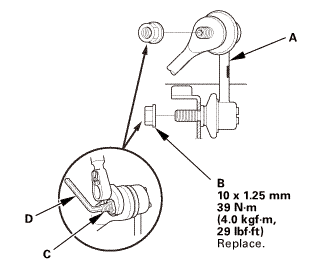 125mmm,29
125mmm,29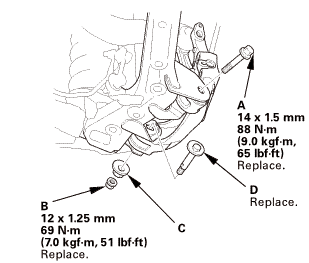 ....n-m65....5n.m(m
....n-m65....5n.m(m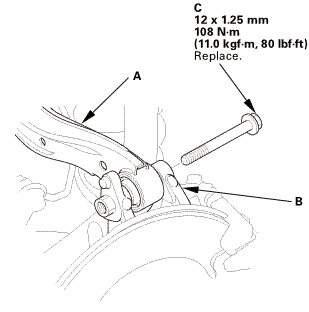 125mmumngvum
125mmumngvum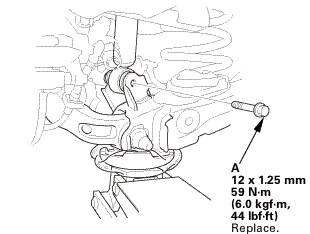
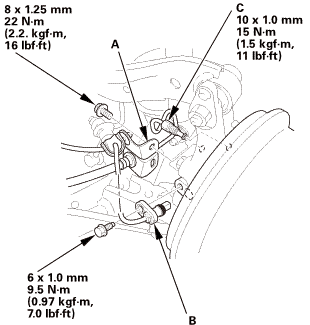
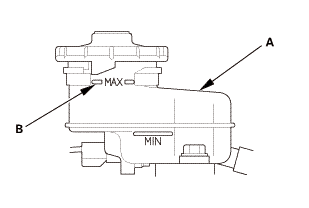

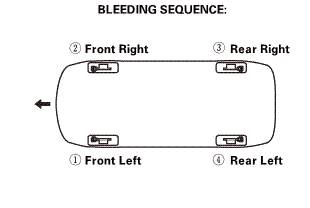 sznuzucz
sznuzucz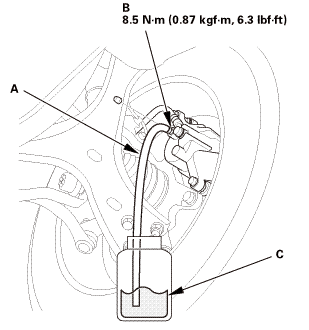 x.sm.x1imm
x.sm.x1imm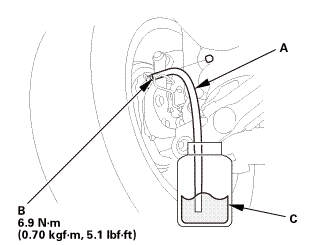
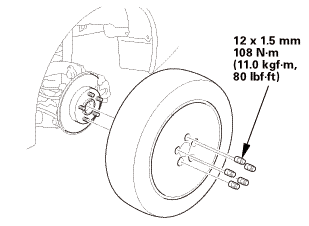 15mmumum
15mmumum